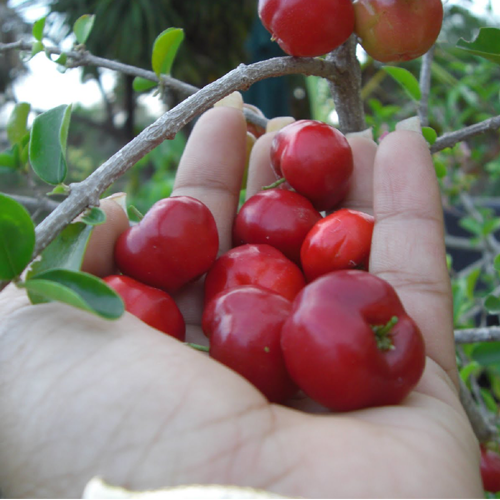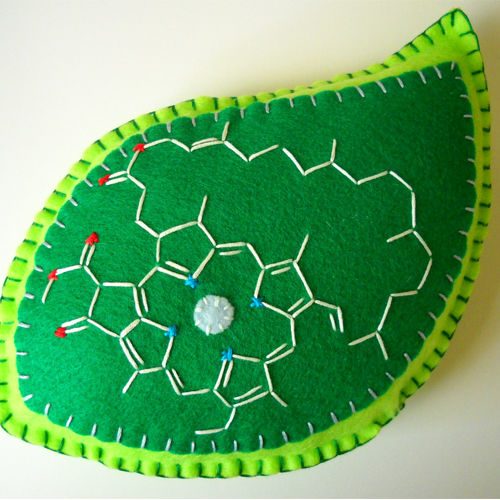
Historical Data

vitamins

Importance of Chlorophyll

Historical Data
In 1497, while sailing around the Cape of Good Hope, Vasco Da Gama lost 100 men out of his original 160 because of a scurvy epidemic. In 1753, Lind, a British sea surgeon (1) observed that a diet deficient in fresh fruits and vegetables resulted in the death of their men during long sea voyages. They died from diarrhoea, pneumonia, viral epidemics and tuberculosis among other ailments to which they were normally resistant before the voyages. They suffered from loss of appetite, apathy and pain in the limbs. These epidemics were controlled when the sailors put on board fresh fruits such as lemons, oranges and vegetables. Lind reported that scurvy was more likely to break out if their crew were exposed to stressful situations like rough seas, hard work or debilitating illness.
The Medical records of those sailors of the past show what scurvy did to the crews of the ships. The victims of scurvy suffered from night blindness, tooth and gum decay, dry scaly skin, loss of appetite, loss of energy, increased susceptibility to infections (this we can see is due to vitamin A deficiency and yet they are found in AIDS of today). Some victims suffered from mental depression, irritability, weight loss, constipation, insomnia and shortness of breath: These symptoms could be attributed to vitamin B1 deficiency. Patients with vitamin B2 deficiency (for lack of greens) suffered cracking of lips and soreness of the mouth. There is itching and burning eyes, smooth tongue and dizziness: All these symptoms show a deficiency in vitamin B3, B6. Patients suffered from pellagra symptoms like headaches, mental depression, fatigue, insomnia, aches, and pains, gastrointestinal disturbances, nervousness and diarrhoea uncontrollable by drugs, loss of muscle control, skin rashes, insomnia and hair loss. All these are the result of vitamin B6 deficiency and all these are found in AIDS.
The most pronounced deficiency was that of vitamin C that gave the classical scurvy syndrome of the bleeding gums, tooth decay, capillary weakness, haemorrhages and increased susceptibility to infections. When we evolved to modern man, we unfortunately, also lost the gene that enables lower animals to convert glucose into vitamin C by means of a special enzyme they have. Guinea pigs, like us, also lost it and that explains their susceptibility to the same diseases as those that affect man.
Vitamins are compounds necessary in small amounts in the diet for normal growth and maintenance of life. They do not provide energy, nor do they construct or build any part of the body. They are needed for transforming food into energy. BiotinNiacin (Nicotinic Acid) Cyanocobalamin (B12), riboflavin B2, Calcium, Thiamine B1, Pantothenic Acid, Tocopherol, Folic Acid B C (Ascorbic Acid), Retinol (Vitamin A).
The Importance of Chlorophyll:
Chlorophyll is also a very important part of the green vegetables. Its molecular structure is almost the same as that of the haemoglobin, which is responsible for carrying oxygen throughout the body. The body must maintain an adequate mineral supply to maintain a balance between the internal and external pressures on the body cells, called equilibrium. This state must be maintained for normal cell function and continued youthful health.
Vitamins are required for every biochemical activity of the body. Vitamins cannot function unless minerals are present. In fact, all nutrients such as vitamins, proteins, enzymes, amino acids, carbohydrates, fats, sugars, oil, etc require minerals for activity. All bodily processes depend upon the action of minerals.